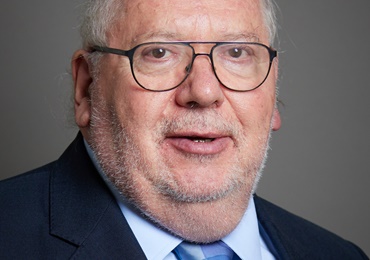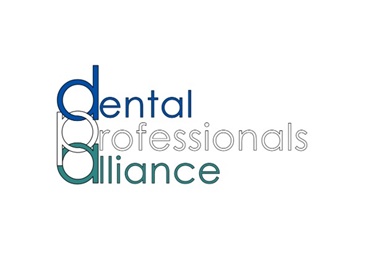Identifying and addressing oral health inequalities in dental care

In the second of our series of articles analysing the key findings from our research and engagement into the effects of COVID-19 on dental care, David Teeman, Head of Regulatory Intelligence, reflects on our research with the public and dental professionals which found that the impact of the pandemic is more severe for those who already have poorer health outcomes and what this means for the GDC looking forward.
Recent research paints a picture of an alarming growth in oral health inequalities as a result of the COVID-19 pandemic. The Care Quality Commission‘s State of health care and adult social care 2019/20 report for example highlights the disproportionate effect that the COVID-19 pandemic has had on older people, those with long-term health conditions and disabilities, and people with Black, Asian and minority ethnic backgrounds.
Our research with the public into the impact of the first national lockdown found that 70% of Black and 68% of Asian respondents agreed they would not go to a dental practice unless they had an urgent issue, compared to 52% of White respondents. The proportion of people who said they would be less likely to visit the dentist for treatment was also significantly higher amongst people with physical and mental health conditions. The reluctance of some people to visit the dentist could have wider implications for the UK’s dental health, preventative treatment and could result in underlying problems being missed.
In addition, dental professionals told us that because of the pandemic, older people and those who are considered clinically vulnerable and clinically extremely vulnerable are facing increased challenges in accessing all forms of dental care. Dental professionals said that the reduced access to dental care which we highlighted in our last article, is resulting in cancelled appointments and backlogs, and a growing unmet demand for dental services.
Our research with dental professionals also indicates a possible shift by NHS providers to private provision, driven by the need to meet growing costs and to better mitigate the impacts of fallow time in relation to incomes and business costs. Conversely, evidence also suggests less demand from the public for private and mixed provision services, and that respondents from social groups D and E were expecting to spend significantly less on dental services than those from other social groups. There are indicators of increasing competition in the private sector and increasing demand for NHS dental services, at the same time as a fall in NHS dentist numbers. That could result in a private sector that sees supply increasing as demand falls, while the NHS may have to meet increasing demand with fewer professionals. The potential outcome could be system-wide overstretching.
Health inequalities were of course not created by COVID-19; however, taken as a whole, our research indicates that the pandemic could result in a perfect storm of circumstances which exacerbate existing inequalities. Perhaps though, the pandemic also offers the opportunity and impetus for the dental sector to review and re-think approaches to tackling health inequalities in dentistry. We are continuing with our programme of COVID-related research, and we will continue also to share what we learn with stakeholders to inform plans for recovery from the pandemic, including how the sector rises to the challenge of addressing inequality in access to dental care.
 eGDC
eGDC

















